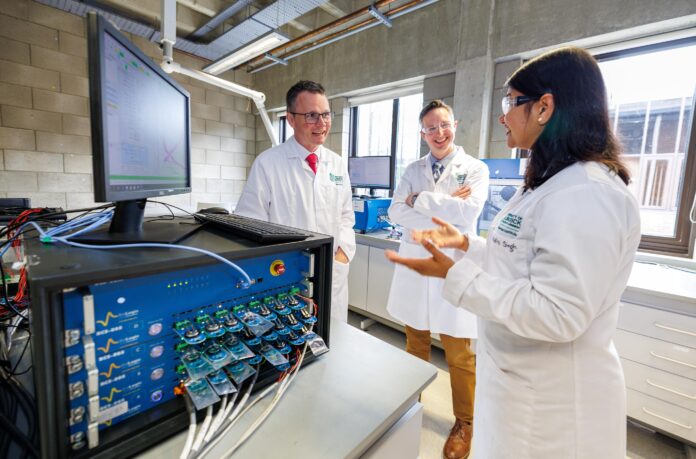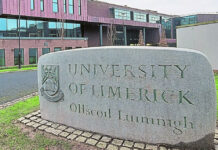
THE University of Limerick (UL) is set to become a European focal point for research in the next generation of batteries.
AMPEiRE, the National Rechargeable Battery Fabrication and Test Facility was launched at UL’s Bernal Institute by Limerick Minister for Further Education Patrick O’Donovan.
The facility will create materials for more sustainable and energy efficient batteries for medical devices, consumer electronics, electric vehicles, and more.
The facility will also enable the production of prototype batteries which could transform battery research.
Launching the facility last week, Minister O’Donovan said that research was vital in tackling the sustainability issues that the world currently faces.
“Research and innovation have a vital role to play in tackling the sustainability problems facing the world today. There is an increasing demand for more powerful mobile devices and longer-range and faster-charging electric vehicles,” the Limerick Minister said.
“Our citizens, our education, and industry partners and our future generations need and want greener products and services. In alignment with national policies such as the government’s Research and Innovation Strategy Impact 2030 and our Climate Action Plan, funding infrastructure such as this facility is helping Ireland transition to a sustainable future.”
Professor Kevin M Ryan, director of Bernal Institute and lead investigator of AMPEiRE, said that “this infrastructure is a game changer for battery research in Ireland providing a crucial link between novel research on new chemistries for higher performing batteries in UL and our collaborator institutions and the battery fabrication capability needed to demonstrate this at industry relevant cell formats.”








